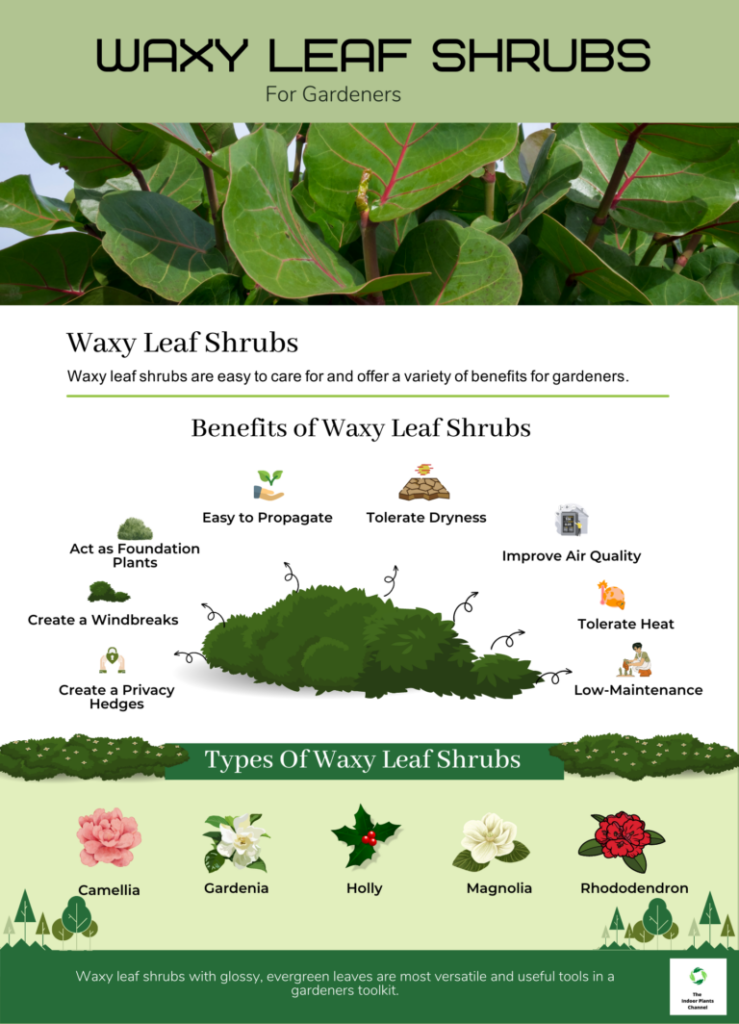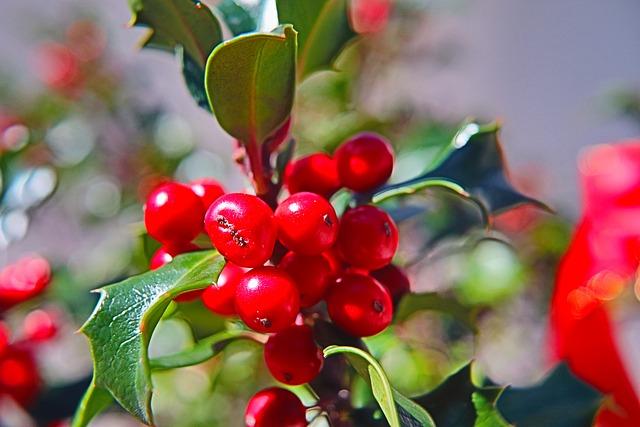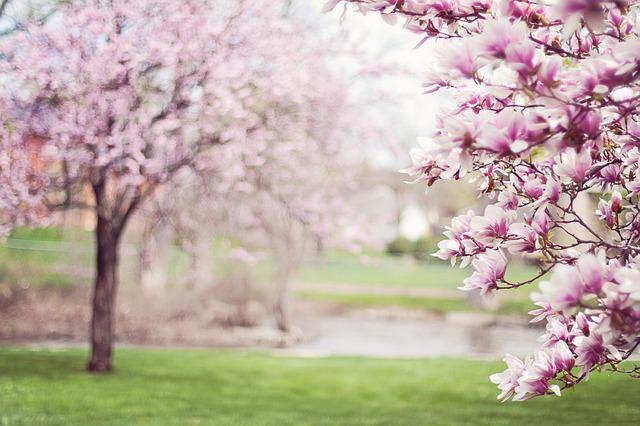If you’re looking for an easy-to-care-for houseplant that can also improve your indoor air quality, consider a waxy leaf shrub. These plants are widely recognized for their glossy, evergreen leaves, and more importantly, for their remarkable ability to thrive even in low-light conditions.
In addition to their resilience, they offer numerous benefits, which, as you continue reading, you’ll soon discover in this detailed post.
Benefits of Waxy Shrubs
Here are some of the benefits of waxy leaf shrubs.
Waxy leaf shrubs are low-maintenance.
Unlike many other houseplants, waxy leaf shrubs don’t require a lot of care. They’re not only relatively drought-tolerant but also capable of thriving in a wide variety of lighting conditions, including dimly lit rooms. So, if you’re searching for a plant that requires minimal attention and can withstand occasional neglect without negative consequences, then, without a doubt, a waxy leaf shrub is an excellent choice.
Waxy leaf shrubs improve indoor air quality.
Waxy leaf shrubs are excellent at filtering out harmful toxins and pollutants from the air. This can improve your indoor air quality and help you breathe easier. If you suffer from allergies or asthma, a waxy leaf shrub may help to relieve your symptoms.

Waxy leaf shrubs are easy to propagate.
If you want to effortlessly multiply your waxy leaf shrubs, the process is surprisingly simple and highly rewarding. To begin with, just take a healthy stem cutting from an existing plant. Then, either place it in water or plant it in nutrient-rich potting mix to encourage strong root growth. Over the next few weeks, as long as you provide proper care, you’ll gradually notice roots developing. Before you know it, you’ll have a brand-new plant to enjoy, adding even more greenery and vibrancy to your space.
Waxy leaf shrubs are drought tolerant.
The wax coating on the leaves helps to prevent moisture loss, making waxy leaf shrubs more drought-tolerant than other types of plants.
Waxy leaf shrubs are heat tolerant.
The wax coating on the leaves also helps to protect the leaves from heat damage. This makes waxy leaf shrubs a good choice for gardens in hot climates.
Waxy leaf shrubs provide year-round interest.
Because they are evergreen, waxy leaf shrubs provide interest in the garden all year round. In addition, they often have colorful leaves, which can add an extra touch of interest to your garden.
Use them as privacy hedges
Waxy leaf shrubs make great privacy hedges because they are dense and fast-growing. They can quickly fill in an empty space in your yard and provide you with the privacy you desire.
Use them as windbreaks
If you live in an area that is prone to high winds, waxy leaf shrubs can be used to create a windbreak. By planting them in a strategic location, you can help reduce the amount of wind that reaches your home or garden.
Use them as foundation plants
Waxy leaf shrubs are also great for use as foundation plants. They can help to frame your home and add curb appeal.
Use them in landscape designs
Waxy leaf shrubs can seamlessly blend into a variety of landscape designs, making them an incredibly versatile choice. For instance, you can strategically use them as striking accent plants to create focal points in your garden. Additionally, they work exceptionally well as foundation plants, helping to frame and enhance the overall appearance of your home. Furthermore, if privacy is a priority, these shrubs can quickly form dense, lush hedges that offer both beauty and seclusion. No matter what your specific landscape design needs may be, waxy leaf shrubs can undoubtedly be a valuable and stunning addition to any outdoor space.

The Various Types Of Waxy Leaf Shrubs
There are many different types of waxy leaf shrubs, each with its own unique benefits for gardeners. Here are five of the most popular types:
1. Camellia

Camellias are popular evergreen shrubs that are known for their glossy, dark green leaves and beautiful flowers. They are native to Asia and prefer moist, shady conditions.
2. Gardenia

Gardenias are another popular type of evergreen shrub, also known for their dark green leaves and beautiful flowers. They are native to Africa and prefer moist, shady conditions.
3. Holly

Hollies are a type of evergreen shrub that is known for its glossy, dark green leaves and red berries. They are native to Europe and prefer moist, shady conditions.
4. Magnolia

Magnolias are a type of deciduous shrub that is known for its large, glossy leaves and beautiful flowers. They are native to North America and prefer moist, shady conditions.
5. Rhododendron

Rhododendrons are a type of evergreen shrub that is known for its glossy, dark green leaves and beautiful flowers. They are native to Asia and prefer moist, shady conditions.
The Other Uses Of Waxy Leaf Shrubs For Gardeners
Waxy leaf shrubs are one of the most versatile and useful tools in a gardener’s toolkit. Here are five ways you can use waxy leaf shrubs to your advantage:
As a privacy screen
If you’re searching for an effortless yet natural way to establish privacy in your garden, waxy leaf shrubs are undoubtedly a fantastic option. Not only do they add lush greenery, but they also serve as an effective barrier against prying eyes. By thoughtfully planting them in a well-spaced row or shaping them into a dense hedge, you can effortlessly block out unwanted views while simultaneously enhancing your garden’s aesthetic appeal. Moreover, these shrubs contribute to a peaceful and secluded space where you can fully relax, unwind, and enjoy the beauty of nature without distractions.
To attract wildlife
Waxy leaf shrubs are a great way to make your garden more lively while also attracting different kinds of wildlife. These plants naturally offer food and shelter, making them perfect for birds, insects, and small animals. By planting them in the right spots, you can easily create a safe and welcoming space for nature. Their thick leaves give animals protection from bad weather and predators, helping your garden stay full of life all year round.
To add color and interest
Waxy leaf shrubs come in a variety of colors and shapes. They can add interest and contrast to your garden.
To control erosion
Waxy leaf shrubs can be a simple yet effective way to control erosion, especially on slopes and hillsides. Their strong roots firmly grip the soil, helping to keep it in place and stopping it from washing away during heavy rain. In addition, these shrubs not only protect the land but also add greenery, making your garden look more beautiful. By planting them in the right spots, you can easily prevent soil loss while also creating a healthy and stable landscape.
Bonus Tips
- Use waxy leaf shrubs as border plants in your garden.
- Plant waxy leaf shrubs in containers for a pop of color.
- Use waxy leaf shrubs as ground cover in your landscape.
- Prune waxy leaf shrubs into hedges or topiary shapes.
Frequently Asked Questions
1. What makes waxy leaf shrubs low-maintenance?
Waxy leaf shrubs require minimal care because their thick, glossy leaves retain moisture, making them drought-tolerant. They thrive in various lighting conditions and need little pruning or fertilization.
2. Can waxy leaf shrubs improve air quality?
Yes, waxy leaf shrubs help filter pollutants and toxins from the air, improving indoor and outdoor air quality. Their dense foliage also traps dust and airborne particles.
3. Which waxy leaf shrubs are best for privacy hedges?
Some of the best waxy leaf shrubs for privacy include Wax Leaf Privet (Ligustrum japonicum), Gardenia, and Holly. These shrubs grow densely and can be shaped into hedges to block unwanted views.
4. Do waxy leaf shrubs attract pollinators or wildlife?
Yes! Many waxy leaf shrubs, such as Camellia, Gardenia, and Rhododendron, attract pollinators like bees and butterflies. Additionally, their dense foliage provides shelter for birds and small animals.
5. How do I maintain the glossy appearance of waxy leaf shrubs?
To maintain their vibrant, glossy look, wipe the leaves with a damp cloth to remove dust, apply a balanced fertilizer every few months, and prune any dead or diseased branches regularly.
Conclusion
If you’re looking for a low-maintenance shrub that will provide year-round interest in your garden, consider a waxy leaf shrub. These tough plants are easy to care for and offer a variety of benefits for gardeners.
They are known for their ability to filter out harmful toxins and pollutants from the air, making them a great choice for those with allergies or asthma. Additionally, waxy leaf shrubs are low maintenance and can thrive in a variety of different indoor environments.
Michelle Wilde
Related posts
![]()
About Michelle Wilde
Michelle Wilde is a stay-at-home mom and avid plant lover. Armed with a post-graduate degree in Computer Science (no kidding!), she loves researching plants and landscapes. When she is not caring for her 4 kids, she spends time on her passion for plants. She blogs at www.indoorplantschannel.com, the trusted source for indoor plants.
Learn more
Subscribe
* You will receive the latest posts and updates about indoor plants!
Search
Recent Posts
Categories
- Beginner Guides (10)
- FAQ (206)
- General (2)
- How-To Guides (212)
- Indoor Plants (214)
- Pest Management (2)
- Plant Problem Solutions (4)
- Seasonal Growing (2)
- Specialized Environments (2)
- Specific Plant Care (3)
- Technical Growing (2)
